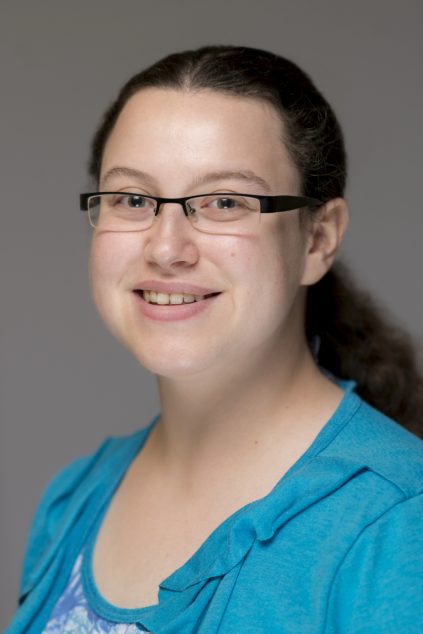Sarah Holbrook
Education:
B.S. Biology, Minor in Neuroscience and Psychology, University of Maine, 2017
Biosketch:
Research Interests:
Melody Neely Rotation: My first rotation in Dr. Neely’s lab focused on studying streptococcus infection via the zebrafish larval model. Zebrafish, unlike humans, do not develop an adaptive immune system until several weeks postfertilization allowing for the study of the innate immune system independently. I tweaked some injection protocols, performed preliminary dose response curves for Group B streptococcus infection originating from several different injection areas such as Duct of Cuvier and hindbrain, as well as imaging the progression of these infections via stereoscopic fluorescent microscopy. I then assisted Dr. Neely in teaching the Honors Functional Genomics course this winter using the skills and protocols I learned and edited.
Gregory Cox Rotation: Dr. Gregory Cox’s lab focuses on neuromuscular degenerative diseases using Jackson Laboratories’ mice as a disease model. Here, I helped characterize CRIPSR/Cas9 induced mouse model, em3, that displays Spinal Muscular Atrophy with Respiratory Distress 1 (SMARD1) like symptoms. I collected hindlimb tissue, diaphragms, and nerves in order to quantify and visualize the neuromuscular deterioration through muscle fiber areas, central nuclei counts, and neuromuscular junction enervation.
Dustin Updike Rotation: My last rotation with Dr. Dustin Updike’s lab has centered around learning about the model organism, Caenorhabditis elegans, and how its simplistic nature allows for breakthroughs in germ line totipotency. While in Dr. Updike’s lab, I have learned about the life-cycle of the C. elegans, germ-cell related genes, RNAi interference of these genes, and gene editing via plasmid creation and injection. I even took a weeklong course on Quantitative Fluorescent Microscopy through an INBRE grant while I was at MDIBL.

